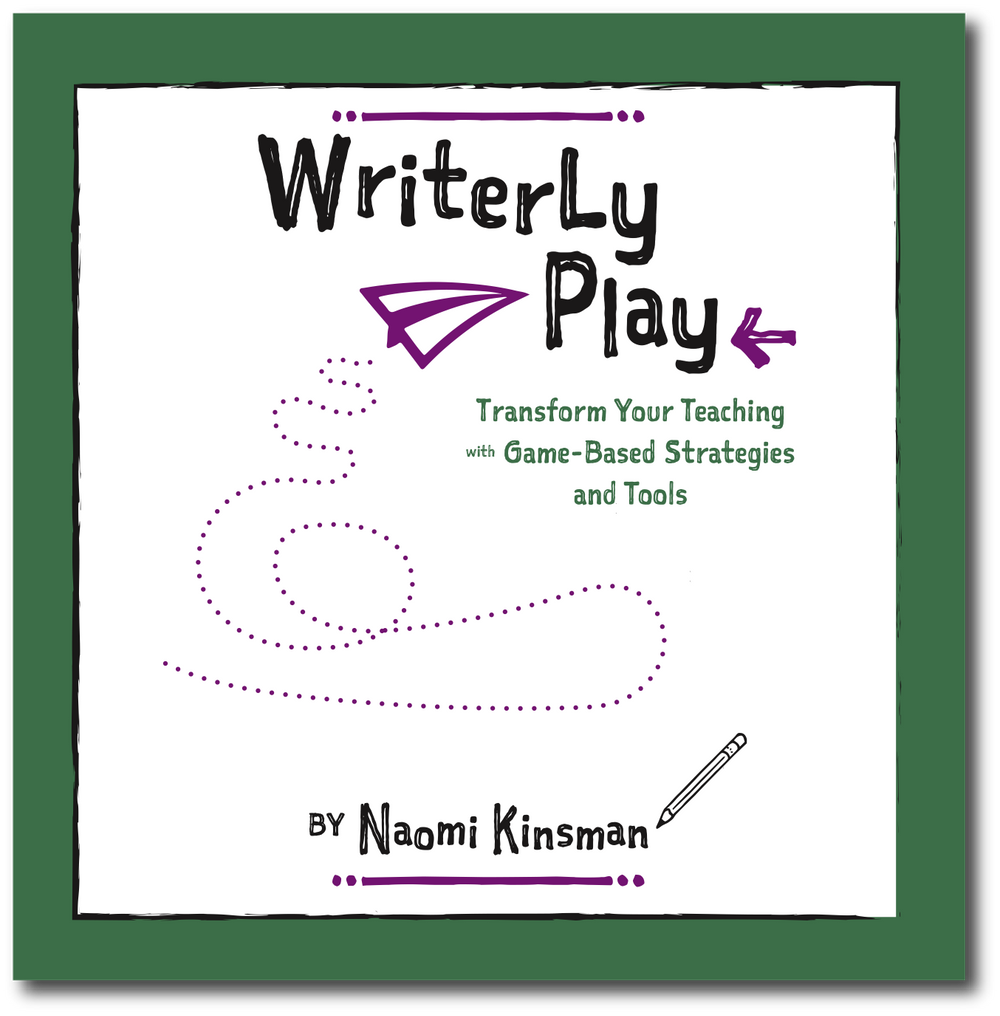
Each learner is unique. Especially if you roll out Writerly Play games in a classroom with your full class, you may find that a couple of your writers need extra guidance to stay on track with the rest of the group.
If you are playing these games together online, students will need encouragement to physically engage in the games. Even small amounts of movement, or engaging with the material visually (such as drawing a map) will allow writers to move out of an intellectual mindset into a more playful, free-flowing one, to better access their creativity.
Here are a few common challenges that can arise, and strategies for handling them.
Distracting Behavior
Whether it's a lack of body or voice control, or the desire to poke a friend in the ear while walking, some students see out-of-seat learning as an opportunity to clown around. My favorite strategy here is to use an audience chair (or multiple chairs) where I can ask players to sit and observe the game for a bit. Often, I'll freeze the game and give the audience an opportunity to share a compliment: Who do they notice is doing a strong job playing the game? When they're able to make a solid contribution with a keen observation, I know they're ready to play again. My goal is to cycle audience members back into the game as soon as possible.
Never-Ending Questions
Learning through games is a new experience for many players, and it's easy to become hyper-focused on right and wrong. If your students are repeatedly interrupting the game to ask questions, encourage them to "try an idea out and see what happens."
Especially in the video versions of the games, I keep the pace lively. If players want to explore ideas more fully, you might partner them up after the game and ask them a couple of the questions from the game again.
Resistance to Playing
Embarrassment is a major contributor to resistance. The difficult truth is that players often have to experience the power of learning through games before they believe and are willing to commit or take a creative risk. If you know resistance will be an issue for your class, choose lower risk play, such as heads-down visualization rather than full-classroom movement. You might also try having a group of students model how to play first. Often, counterintuitively, making games into a performance raises their "cool" factor, and then the rest of the group is willing to give it a go.
Disconnect Between Playing and Writing
One of the reasons we always include a PDF with our games is because the creative whirlwind energy of the game needs a place to be focused and captured. As the facilitator, try gathering the group after the game. Think aloud about how you might take an idea you discovered in the game (or one you brainstormed before class) and put those ideas into the PDF. Model authentic thinking with all of its stops and starts, helping students see that thinking isn't a straight line. We come up with one possibility, and another, then maybe those two lead to another and then, Eureka! That fourth idea is the one that really sings.
Modeling in this way will help the majority of your class transition into writing, giving you a little more room to work individually with students who still need help.

Looking for more guidance?
As you can imagine, over the years we've developed many more strategies for problem-solving and making games an effective tool in your classroom. If you're interested in diving deeper, consider the following tools:
Writerly Play Kit for Educators (FREE)
Writerly Play: Transform Your Teaching with Game-Based Strategies and Tools by Naomi Kinsman
